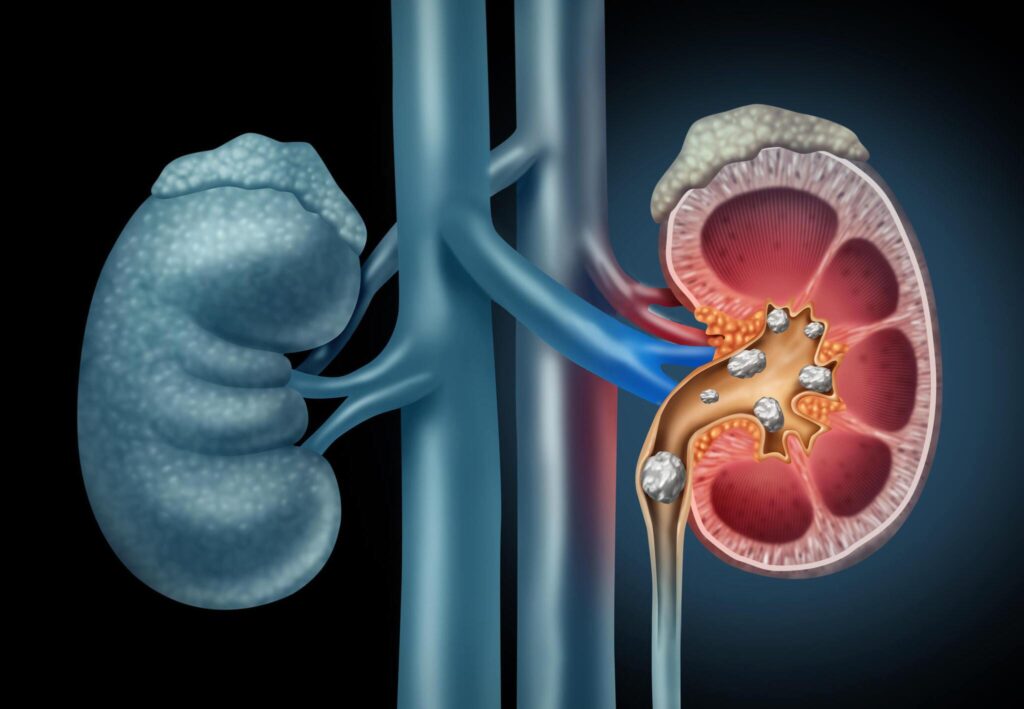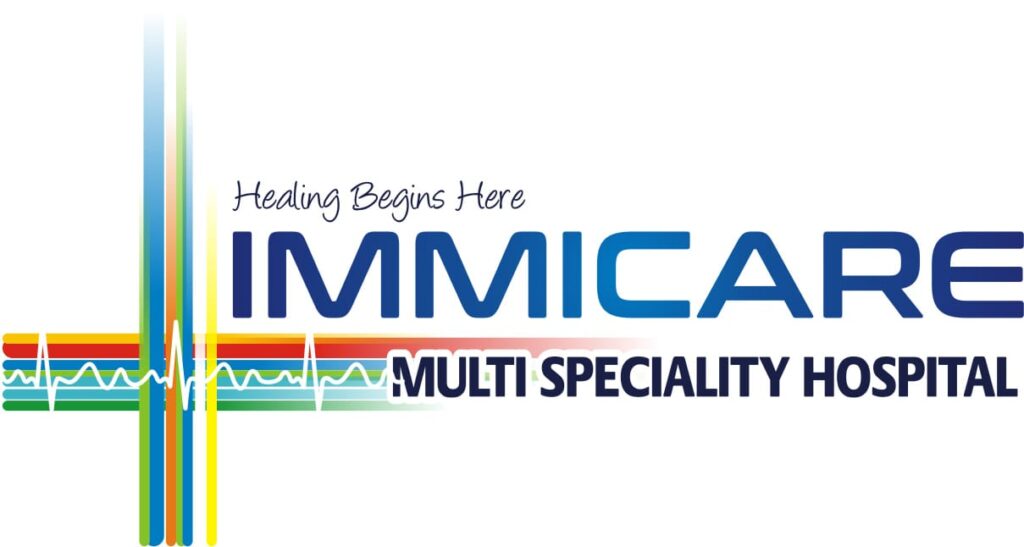Kidney Stone Operation

Treatment for kidney stones depends on the size, type, and cause of the stone, as well as the severity of symptoms. Here are several approaches commonly used in the management of kidney stones:
Pain Management:
Pain relief is often a primary concern. Over-the-counter pain medications such as ibuprofen or acetaminophen may be recommended.
Hydration:
Drinking plenty of water is crucial to help flush out the stone or prevent the formation of new stones.
Increased fluid intake is often advised, and in some cases, intravenous (IV) fluids may be necessary.
Medical Expulsion Therapy (MET):
Medications like tamsulosin may be prescribed to relax the muscles of the ureter, facilitating the passage of the stone.
Lifestyle and Dietary Changes:
Dietary modifications may be recommended to prevent the recurrence of kidney stones. This can include reducing salt intake and avoiding certain foods high in oxalates or calcium, depending on the type of stone.
Shock Wave Lithotripsy (SWL):
SWL is a non-invasive procedure that uses shock waves to break the kidney stone into smaller pieces, making it easier to pass through the urinary tract.
Ureteroscopy:
This procedure involves passing a thin tube with a camera through the urethra and bladder to directly visualize and remove or break up the stone.
Percutaneous Nephrolithotomy (PCNL):
In cases where the stone is large or not amenable to other treatments, a surgical procedure called PCNL may be performed. It involves making a small incision in the back and using a nephroscope to remove or break up the stone.
